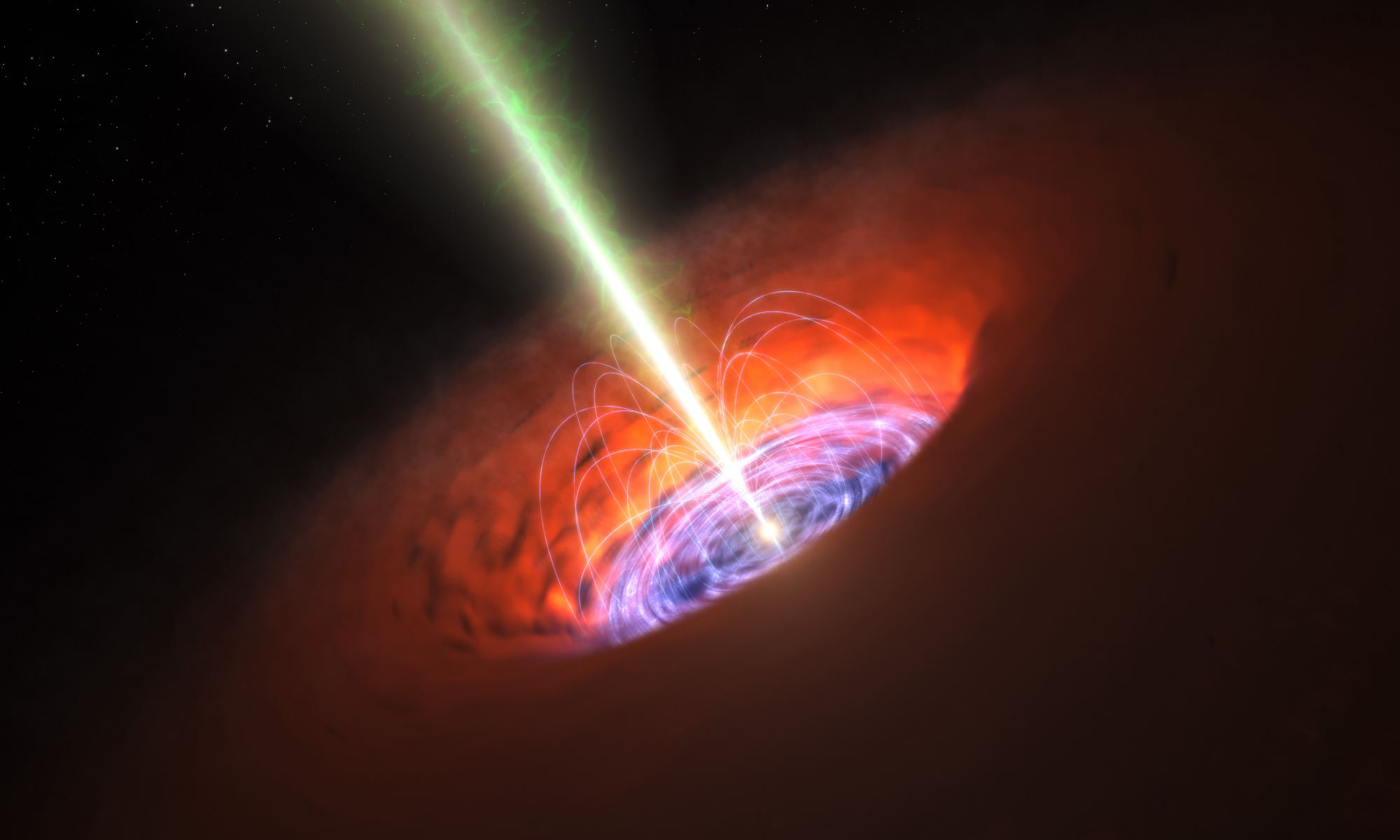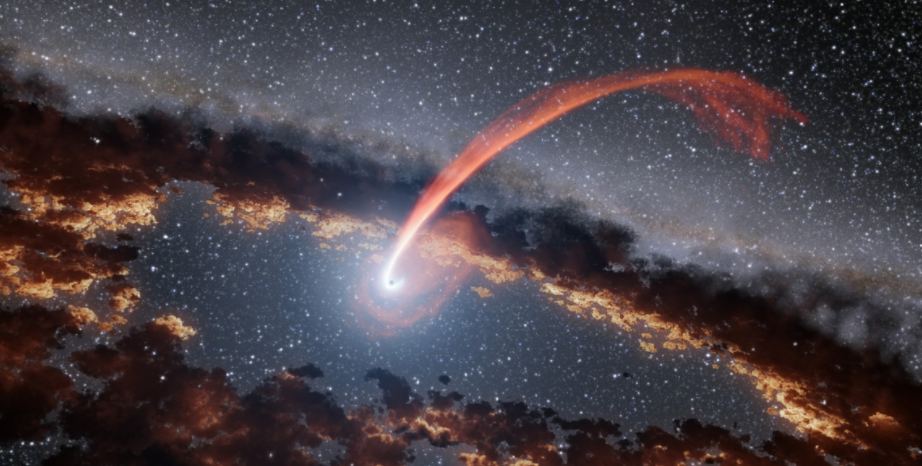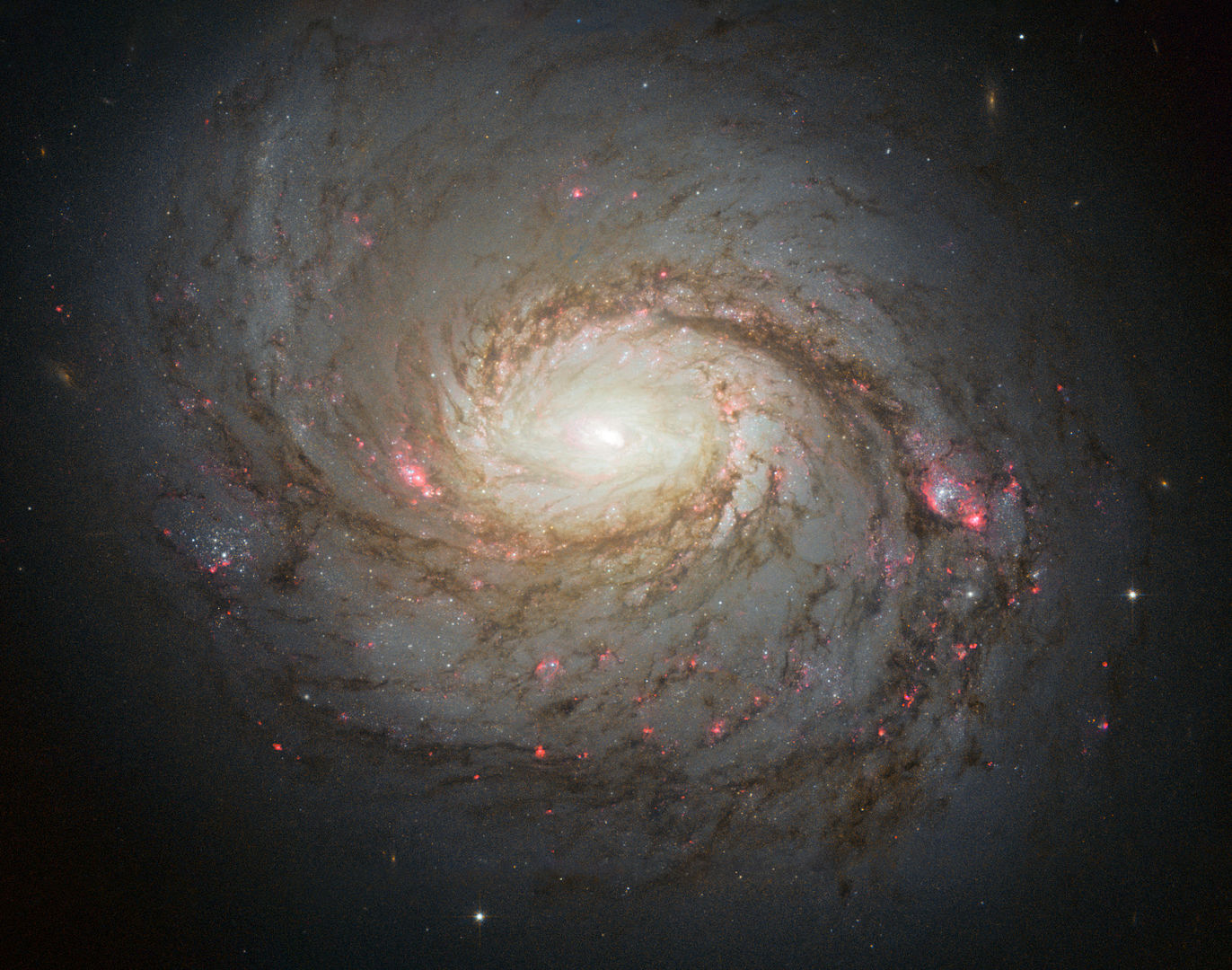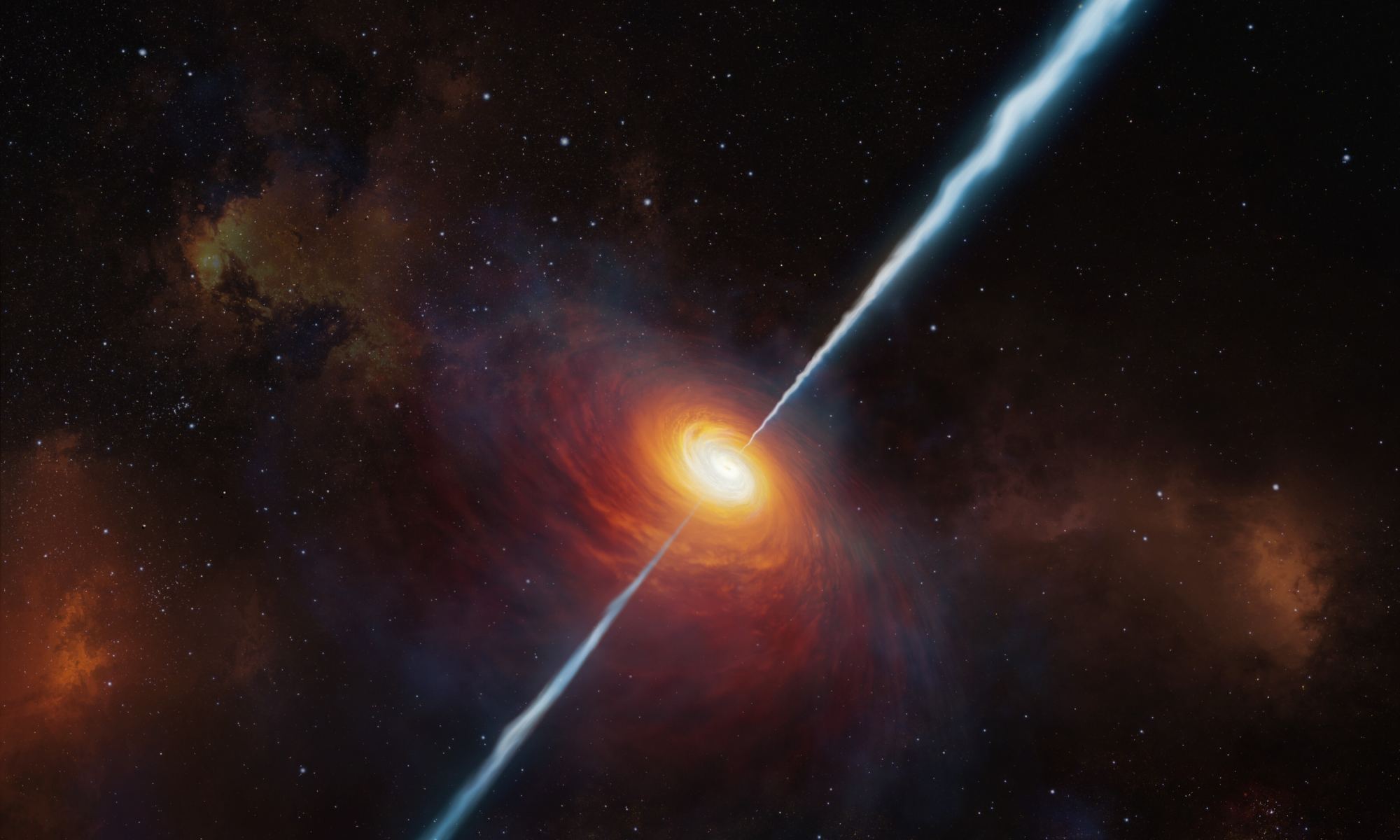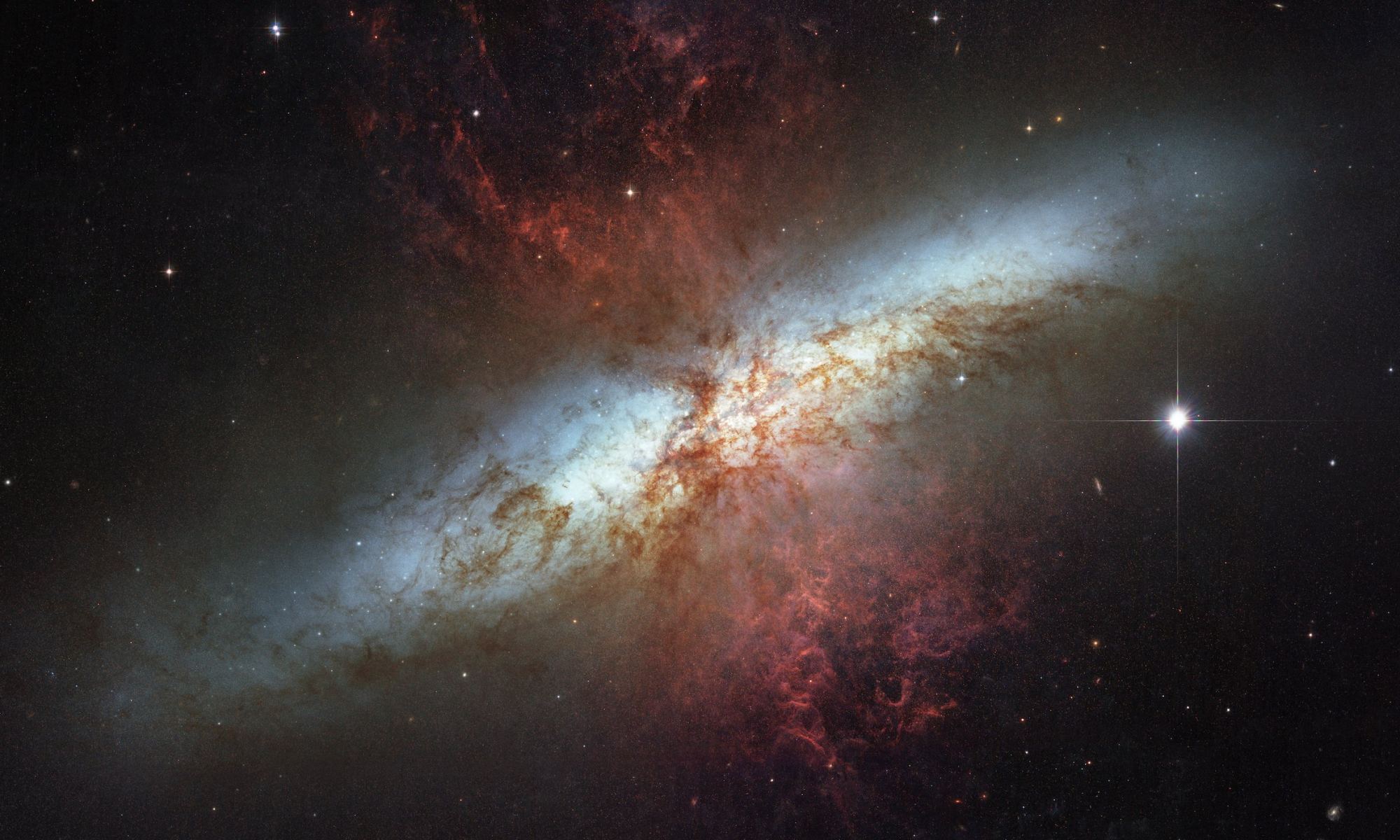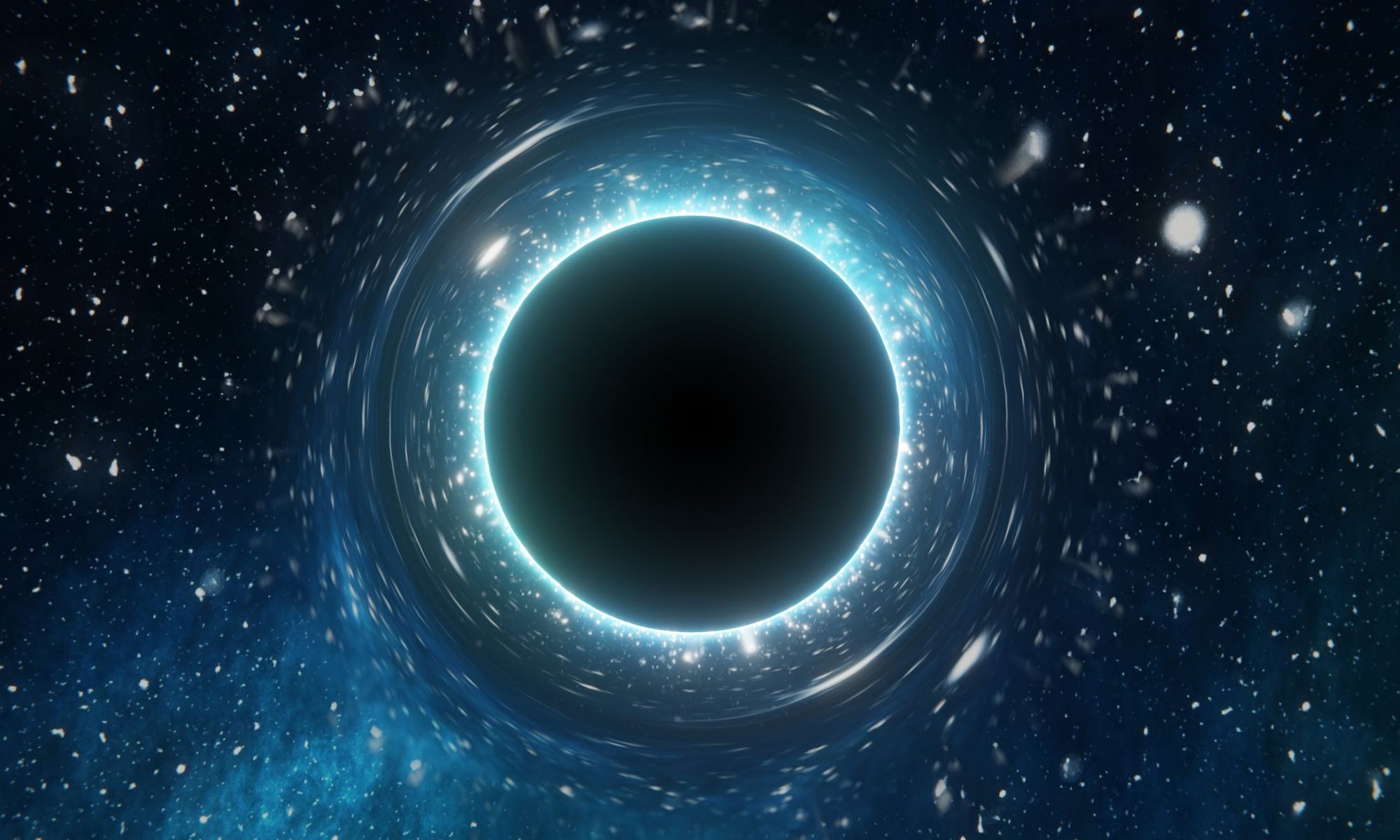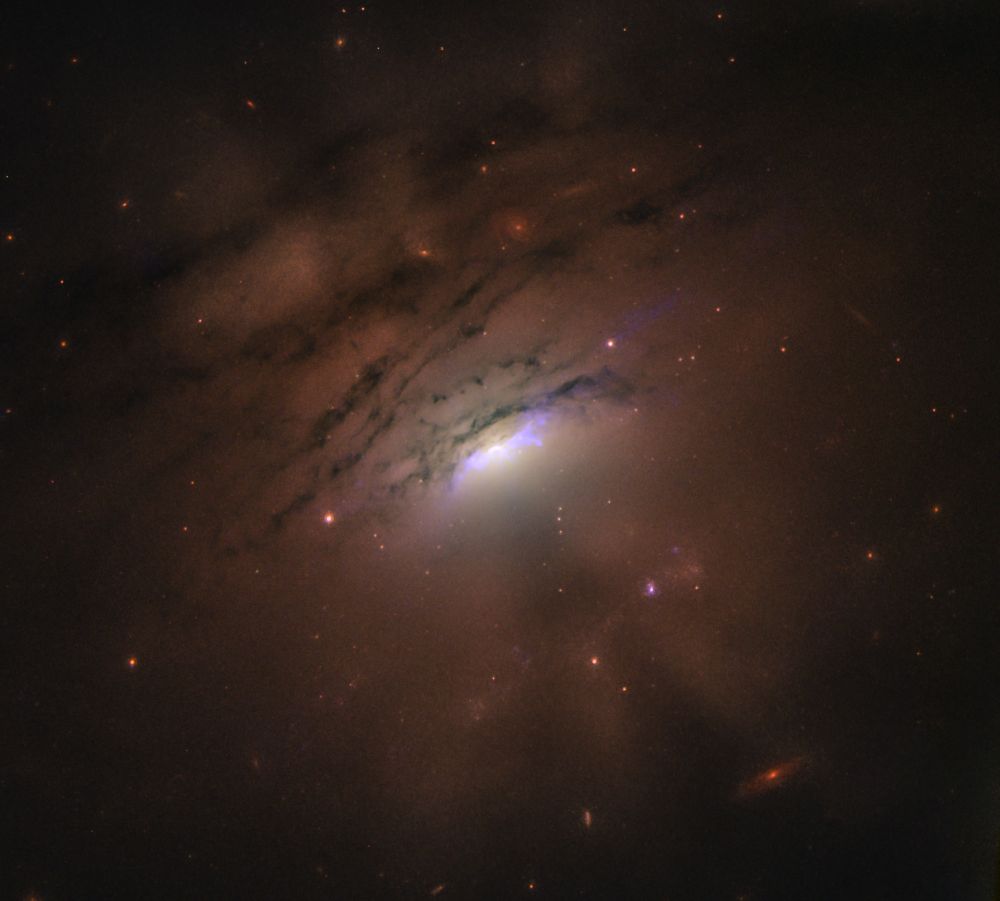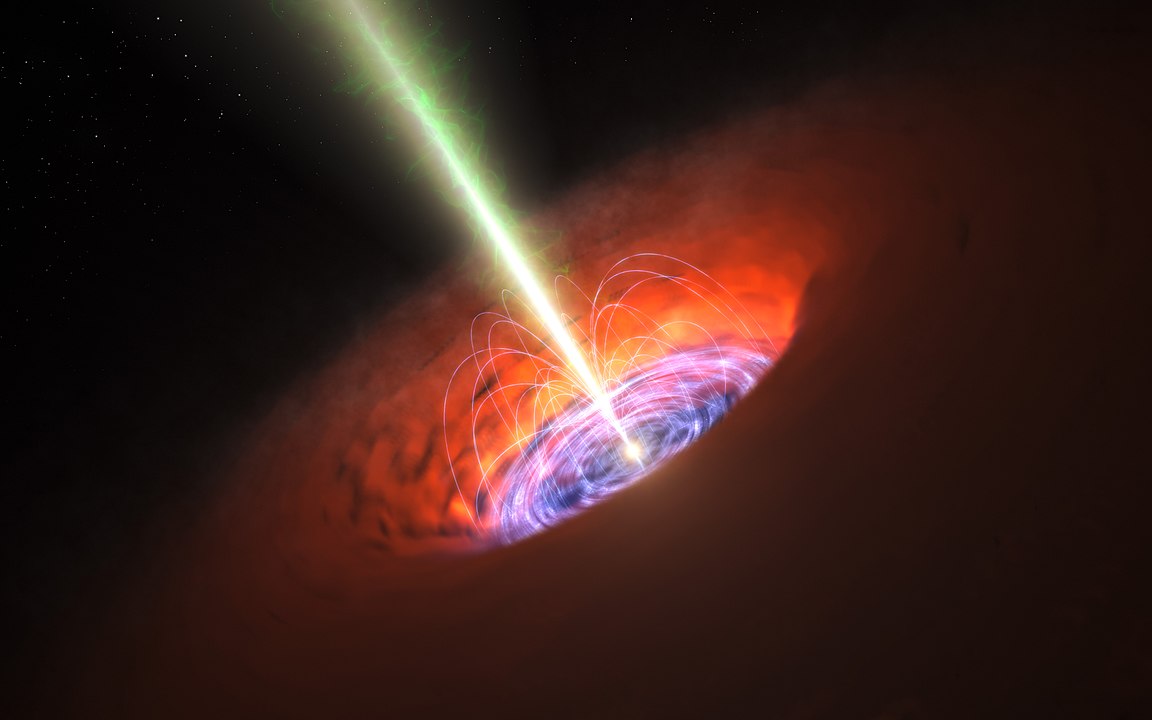Black holes swallow everything—including light—which explains why we can’t see them. But we can observe their immediate surroundings and learn about them. And when they’re on a feeding binge, their surroundings become even more luminous and observable.
This increased luminosity allowed astronomers to find a black hole that was feasting on material only 800 million years after the Universe began.
Continue reading “Hungry Black Hole was Already Feasting 800 Million Years After the Big Bang”
